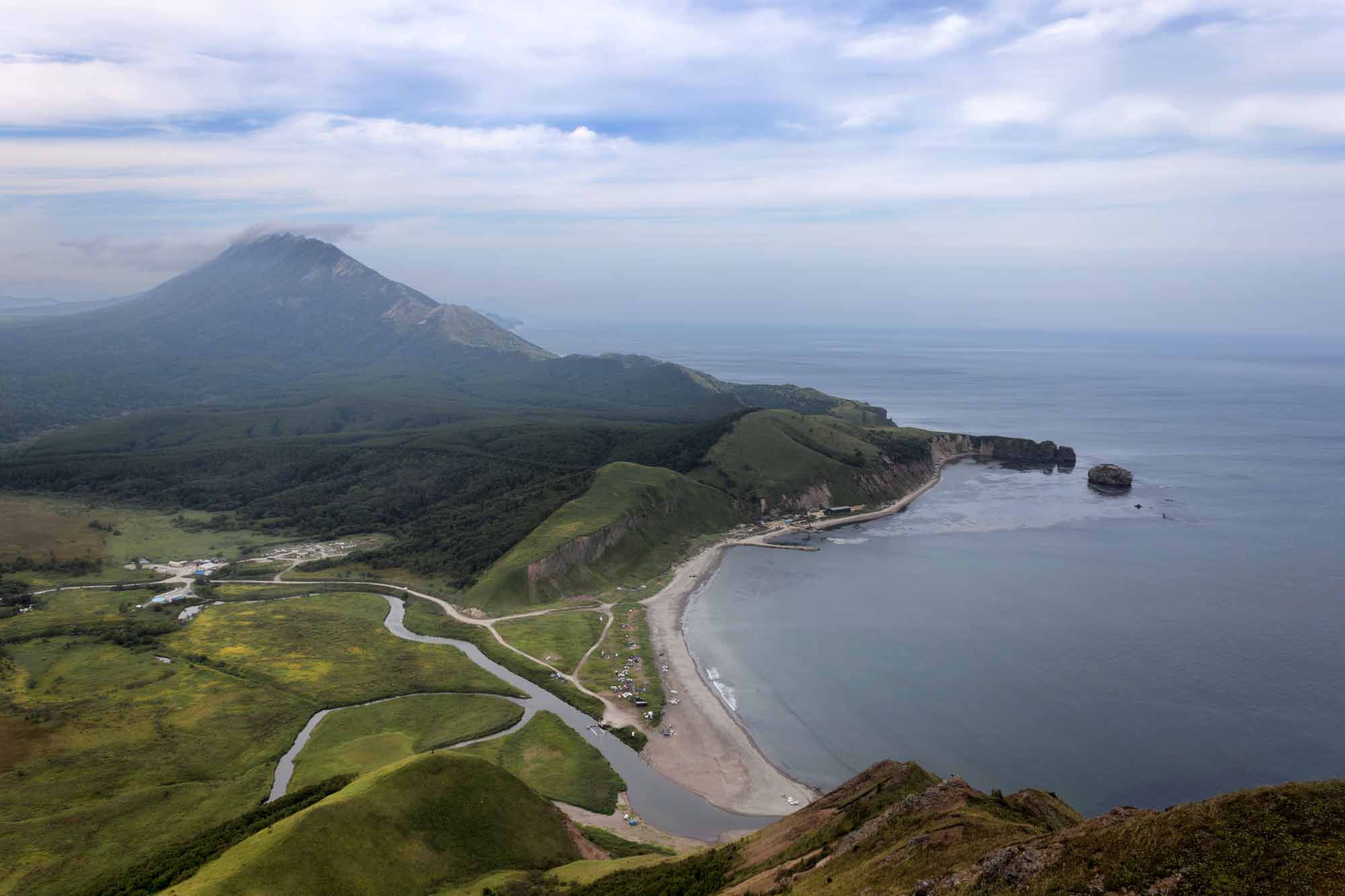
The Russian Far East is a spacious area including 9 federal subjects of Russian Federation located in its North-Eastern part at coast of the Pacific and the Arctic Oceans: The Sakha (Yakutia) Republic, The Jewish Autonomous Region, Kamchatka Territory (Note: You can find complete information about Kamchatka at separate part of our web site), Chukotka Autonomous District, the Maritime Territory, Khabarovsk Territory, Amur Region, Magadan Region, Sakhalin Region. In the South the Russian Far East borders on China, North Korea, Japan, in the North-East – on USA, in the East — on regions of Russian East Siberia (the Krasnoyarsk and the Transbaikal Territories, Irkutsk Region).
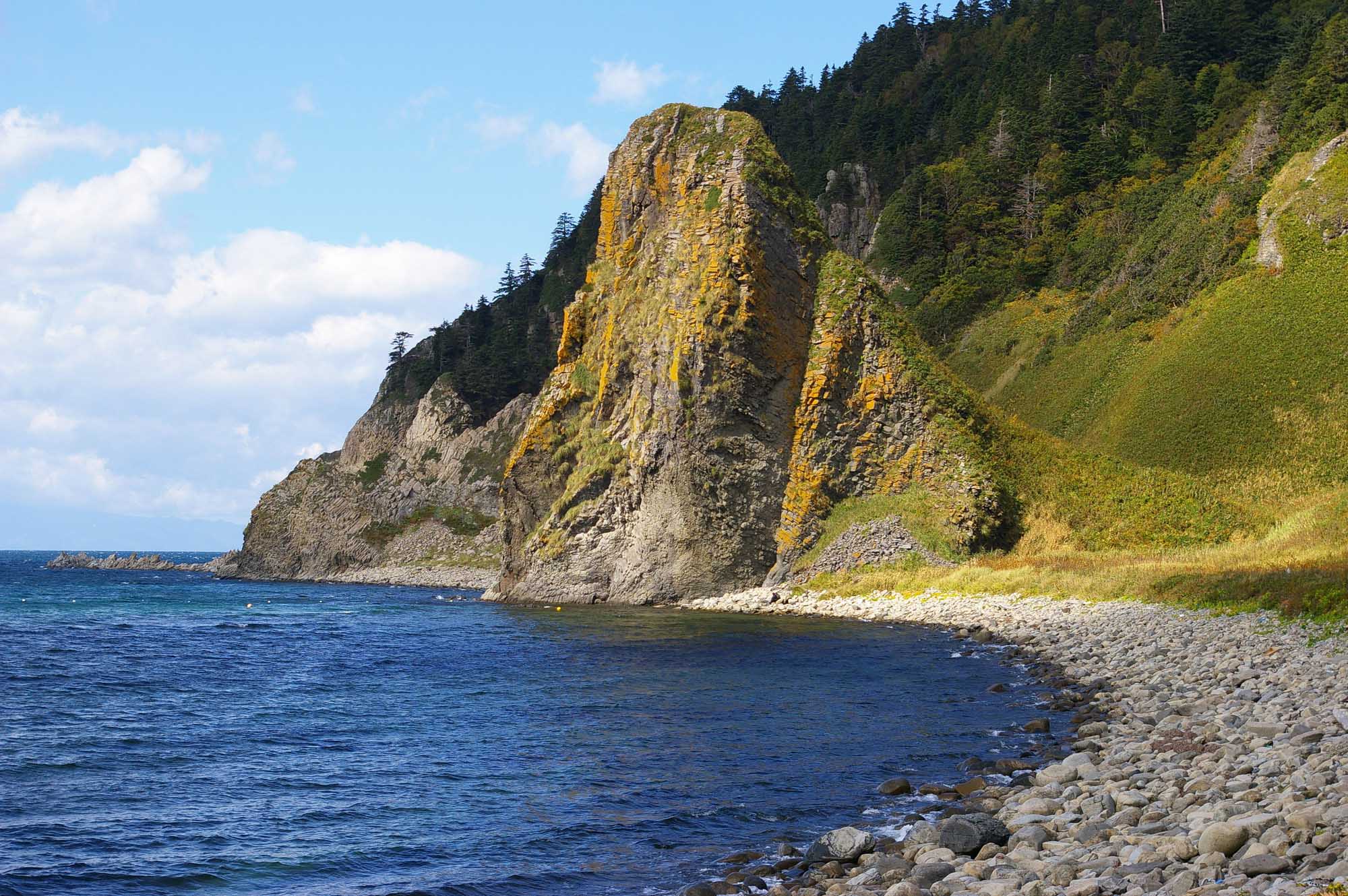
Huge dimensions of the Russian Far East (about 4500 km from the South to the North and about 2500-3000 km from the West to the East) stipulate for climate contrasts in its different parts: from Arctic and subarctic climate in the North parts of Yakutia and Kamchatka, in the Magadan Region and Chukotka until the monsoon climate in the Sakhalin Island, the Jewish Autonomous Region and partly in the Amur, the Maritime and the Khabarovsk Territories. In most parts of Yakutia and the North-West of Amur Region extreme continental climate dominates.

Area of Verkhoyansk and Oymyakon located in internal part of Yakutia is the Pole of Cold (average temperature of January is -50°C; absolute minimums registered here were -71°C and -68°C). Territory of Yakutia is completely located on the not thawing soils! That’s why Yakutsk is the main center of Permafrost research in Russia. The Kamchatka Peninsula and the Kuril Islands are zones of the marine climate. You can see Siberian taiga on the Amur and Maritime Territories, Polar tundra and rookeries in Chukotka, active volcanoes on the Kuril Islands, fantastic seashore landscapes on the Sakhalin Island, thermal springs and picturesque lakes in Magadan Region, the well-known Lena Pillars and not melting glaciers in Yakutia.
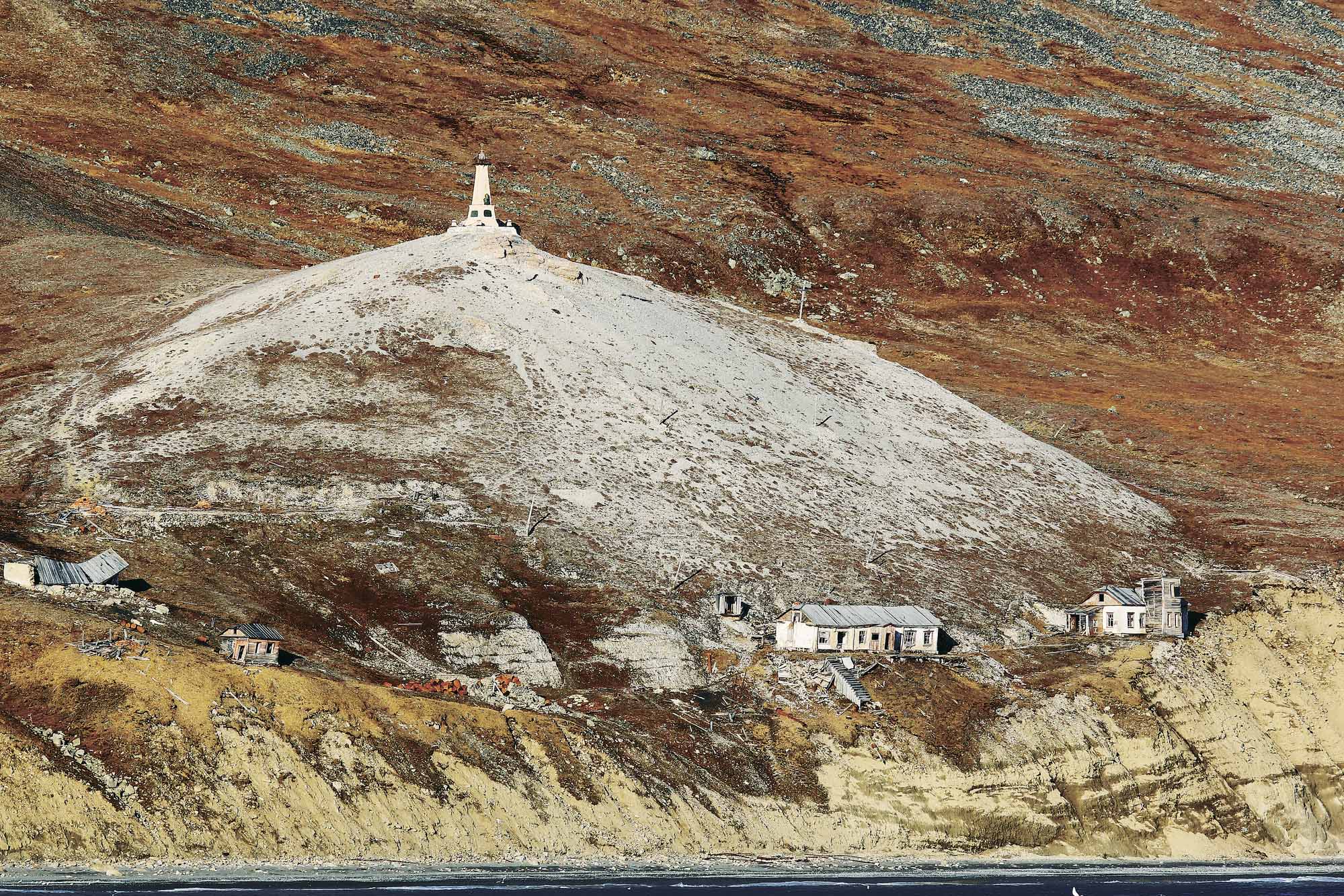
The vast territories of the Russian Far East are populated by numerous local aboriginal peoples: Turkic (Yakuts), Tungusic (Evenks, Evens, Nanai, Oroch, Udege) and Paleosiberian (Chukchi, Koryak, Itelmen, Yukaghir, Nivkh). Russian colonization of the area began since mid-XVII c.. The first large Russian settlement there was town of Yakutsk founded in 1632. In 1648 Russian cossack Semyon Dezhnyov became the first European who passed the Bering Strait between Asia and America.
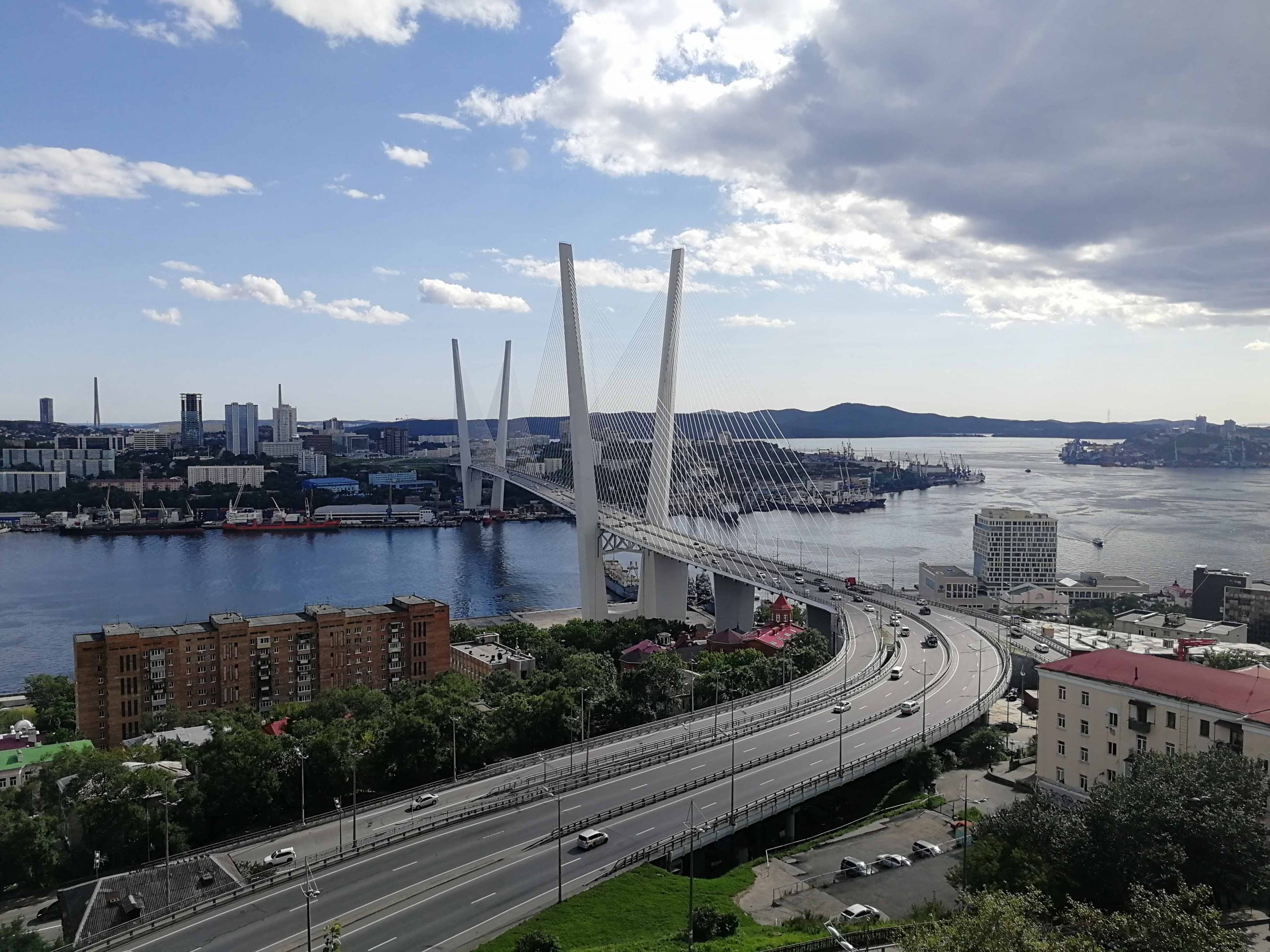
Accordingly to the Treaty of Aigun (1858) and Convention of Beijing (1860) vast territories (the Amur Region and the Maritime Territory now) were ceded by China to Russia. Soon two Russian outposts at the new Russian-Chinese border were built: Khabarovsk and Vladivostok. Now these cities are the largest industrial, scientific and cultural centers of the Russian Far East . Vladivostok is also the main base of the Russian Pacific Navy. Built in the end of the XIX-early XX cc. Transsiberian Rail Road connected Russian Far East with European parts of Russia and promoted rapid transportation of the Far East corn to the customers in Europe. That’s why Russia soon became the largest in the World exporter of the grain.
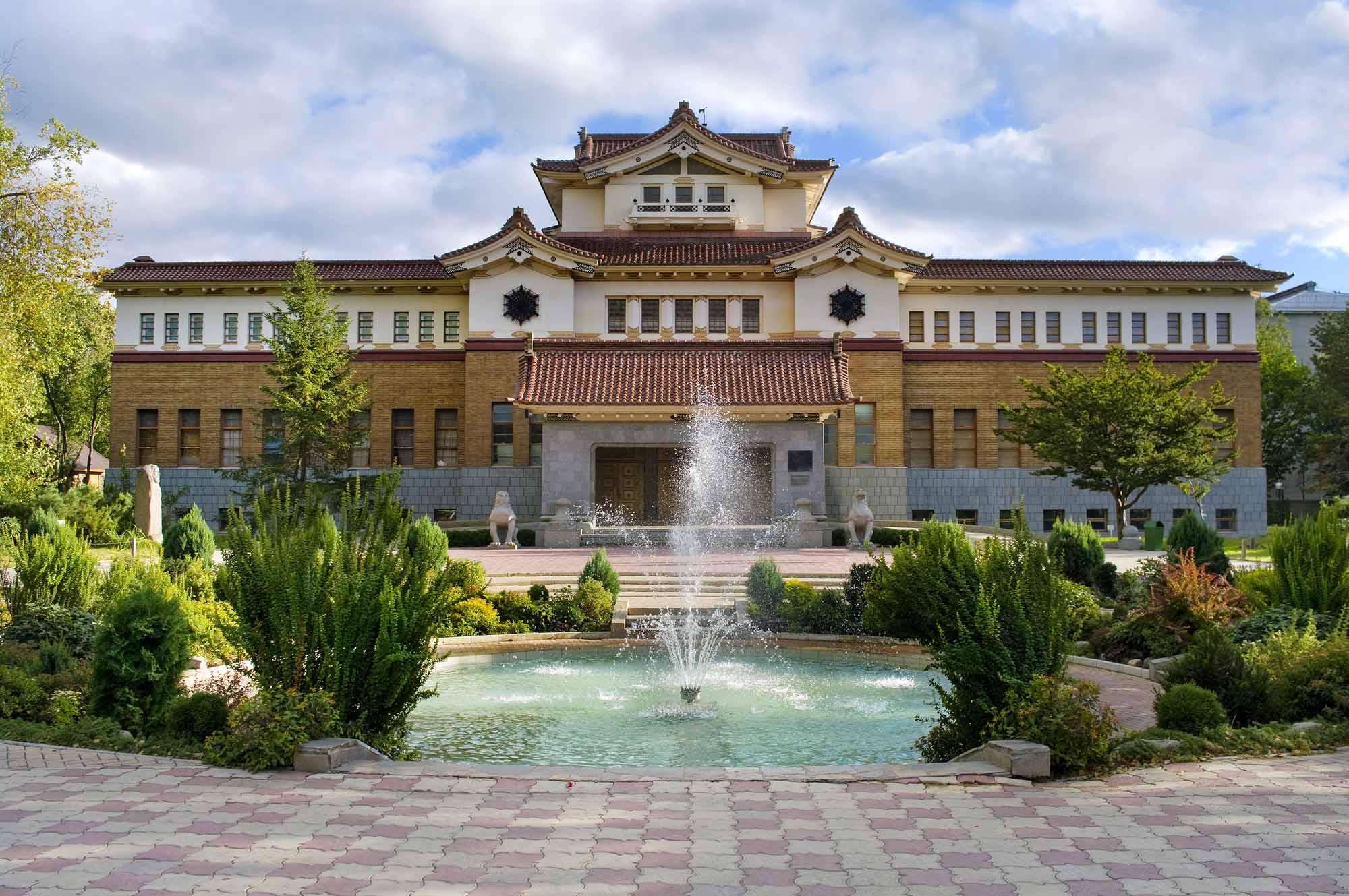
The Sakhalin Island and the Kuril Islands located between Japan and Russia were the object of colonization, development and struggle between these great nations during long period in XIX-XX cc. After defeat of Russia in Russo-Japanese War (1904-1905) through the Treaty of Portsmuth (New Hampshire, USA) the Southern part of Sakhalin Island was joined to Japan. In 1907-1945 Japanese Karafuto Prefecture existed there. You still can see a lot of Japanese administrative and business buildings, Shinto churches kept in Sakhalin. After the end of WW II whole territory of the Sakhalin Island and all Kuril Islands became a part of the USSR. Russia’s sovereignty for the islands of Kunashir, Iturup, Shikotan and Habomai is still disputed by Japan.
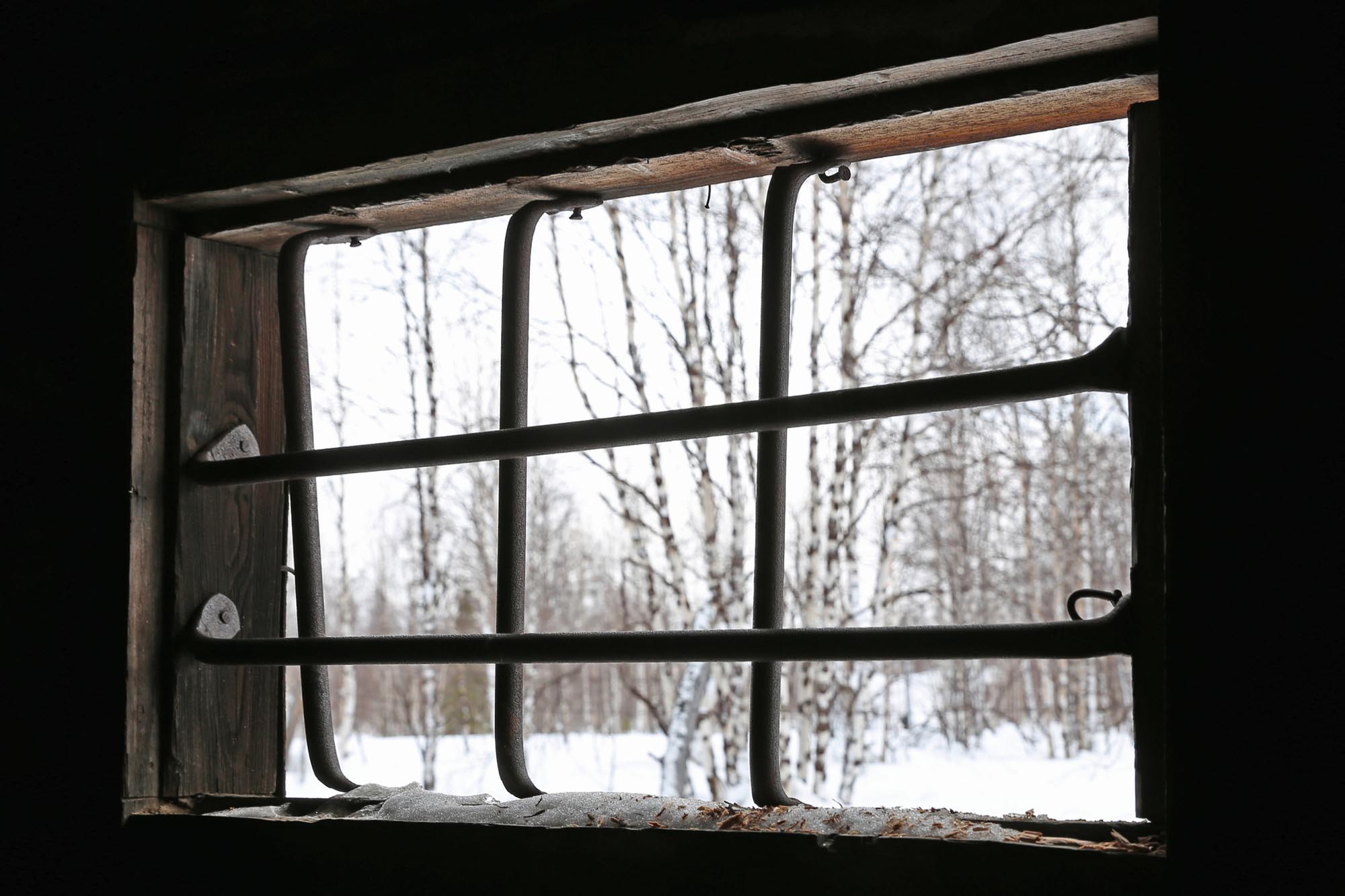
Industrial development of the Magadan Region began on base of considerable gold, silver, tin, and tungsten deposits resources discovered there in 1920s. It is directly connected with tragic period of Stalin’s Gulag (1930s-1950s). The Dalstroy organization was practically uncontrolled owner of this region. Local Gulag camps (North-Eastern Corrective Labor Camps or Sevvostlag) was a productive subdivision in the Dalstroy structure. There is a lot of old Gulag mines remains at this area.

The main attraction of the Russian Far East is its great virgin nature but this region also offer great programme for tourists interesting in history, culture and ethnography. Very popular tourist destination is fantastic the Lena River cruise by comfortable motor ship (Note: You can find complete information about the Lena River cruises at the Cruises part of our web site). Khabarovsk and Vladivostok are usually included into the Great Transsiberian Journey Moscow-Vladivostok by regular or special chartered trains (Note: You can find complete information about the Transsiberian Rail Road tours at the Transsiberian Railway part of our web site).